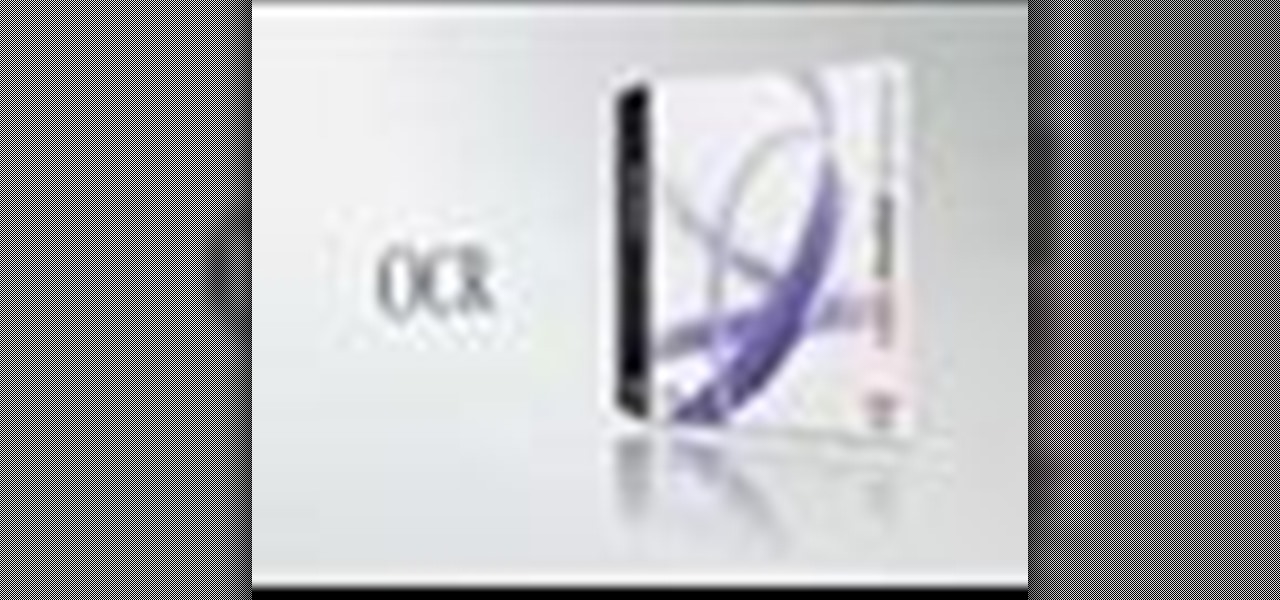

A growing number of publications follow the left-to-right, top-to-bottom western style. Japanese can also be written horizontally and from left to right. Japanese characters Traditionally, Japanese is written vertically starting in the upper-right-hand corner. Understanding the Japanese written language With a vocabulary and sentence structure all its own, the Japanese language reflects the entire Japanese way of thinking. Documents created in these western operating system environments can be directly opened and edited in the Japanese environment, and then printed, distributed, and translated. Users can access the Japanese features of FrameMaker 7.0 with a familiar user interface as long as a Japanese operating system is installed.
Hiragana characters are often used for particles (such as to, at, and other prepositions) that designate subject or object and for endings or words spelled in kanji. Hiragana characters are used for words of Japanese origin. To date, there are more than 8000 kanji characters that constitute more than 300,000 words. Kanji, adopted from the Chinese, consists of the basic ideograms or characters, each representing one word. Hiragana and katakana are known collectively as kana. Japanese character systems The Japanese script is a mixture of three different systems called kanji, hiragana, and katakana.

Acrobat 7 Japanese Ocr Software Is Called
This input software is called a front-end processor (FEP) or, sometimes, an input method editor (IME). The user then searches via the software for the proper kanji character because many characters have the same pronunciation. Access Soda PDFs.3 3 Japanese text input Front-end processor The most widely used method for entering Japanese characters is via built-in or third-party software that allows text to be entered by typing the word phonetically at the keyboard (usually using Roman letters). Note: The Japanese word konpyuta is adopted from the English word computer.Save time & avoid retyping with OCR Edit to quickly search, recognize & modify text contained within any scanned document or image file.

Acrobat 7 Japanese Ocr Mac OS Environment
Japanese character support and fonts FrameMaker 7.0 software supports the most popular Japanese text encodings (JIS, Shift-JIS, and EUC) so that workgroup users can exchange text files on various platforms with different formats. In the Mac OS environment, users can add Japanese capabilities to a western operating system. Using FrameMaker 7.0 for Japanese publishing FrameMaker 7.0 includes the ability to create Japanese language documents all you need is a Japanese operating system to input and display Japanese text. FrameMaker 7.0 uses Shift-JIS as its internal encoding system for Japanese so users can take advantage of large and growing font sets as well as the tools that extend and manipulate fonts.
FrameMaker 7.0 provides precise typographical control of rubi characters and supports in-line input (see the example that follows), which very few applications offer. Rubi characters annotate characters by indicating their pronunciation or by augmenting their meanings. Rubi Rubi characters are very small characters that appear above other characters. Users can use any compatible FEP or IME of their choice.
FrameMaker also allows fine-grain customization of these rules to conform to corporate typographic standards. Line breaking and hyphenation (composition rules) FrameMaker 7.0 complies with Japanese publishing standards by supporting Kumihan (Japanese composition) rules for line breaking and hyphenating text. This allows users to include both Japanese and western fonts in a line of text, retaining a consistent look as well as the proper proportions for both fonts. When a combined font is used, western characters are displayed using the western fonts, and Japanese characters are displayed using Japanese fonts. For example, western characters are used for product names, numbers, and the names of people.5 5 FrameMaker 7.0 software allows users to create custom combined fonts.
But these styles are indeed different: They are fixed width, while the western text equivalents are not fixed width so will not suit the needs of users who are manipulating Japanese text. Autonumber building blocks Zenkaku lower case alphabetic Zenkaku upper case alphabetic Zenkaku numeric Kanji numeric 1 Kanji numeric 2 Old-style kanji numeric Hiragana gojuon (alphabet) Hiragana iroha (old-style order of hiragana alphabet) Katakana gojuon (alphabet) Katakana iroha (old-style order of katakana alphabet) It may appear that three Zenkaku numbering styles are identical to several of the existing paragraph numbering options available in western-language versions of FrameMaker today. This feature adds automatic Japanese numbering for volumes, chapters, paragraphs, footnotes, and pages, letting users easily create and maintain numbering for headings, sections, illustrations, tables, figures, and footnotes. Japan6 6 Autonumbering FrameMaker 7.0 software includes 10 types of Japanese autonumbering. Is the hour unit, is the minute unit, and is the second unit.) For example, the expression of dates in the United States and Japan could be written as: United States Sunday, April 2, 1995, 10:10:10 p.m. (Note: is the year unit, is the month unit, and is the day unit.
Index sorting For Japanese text, kana and kanji characters are sorted by yomi-kana, which means pronunciation. In addition, Tombo crop marks are available when printing for proper registration. FrameMaker 7.0 provides the ability to sort Japanese and western characters to automatically and simply produce indexes.7 7 Color libraries FrameMaker 7.0 software includes DIC Color Guide for spot colors, and Toyo Color Finder with more than 1,000 colors based on the most common printing inks in Japan. The typical sorting order is symbols, numerics, Roman alphabetical, kana characters, Japanese symbol characters, and kanji characters. The rest of the characters that are symbol characters are usually sorted by code value.


 0 kommentar(er)
0 kommentar(er)
